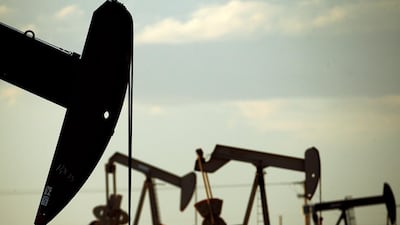ExxonMobil on Tuesday estimated production at its top US shale field would rise to 1 million barrels of oil and gas per day as early as 2024 - from 600,000 by 2025 previously.
The target is five times as much as the company now produces in the Permian Basin of West Texas and New Mexico where the world's largest publicly traded oil company has 1.6 million acres.
Exxon said its production would be profitable in the Permian even if oil prices fell to $35 per barrel. US oil futures settled at $56.59 a barrel on Monday.
Exxon has 48 rigs working in the Permian - about 10 per cent of the region's total, according to General Electric's Baker Hughes - and expects to increase the number of drilling rigs to 55 by year-end.
It also has 30 sites under construction to handle oil and gas processing and water handling, and between 4,000 and 5,000 workers on its acreage on any given day, said Staale Gjervik, the newly named president of Exxon's shale arm XTO Energ. Mr Gjervik replaced Sara Ortwein, who retired March 1, an Exxon spokeswoman said.
Exxon bought out shale producer XTO in 2009 and in 2017 purchased the Permian holdings of the Bass family of Fort Worth, Texas. Now the company is approaching the acreage with a manufacturing mindset, Mr Gjervik said. "With the size of this acreage we can apply some of the more traditional mega-project type tools we have within Exxon Mobil," he said.
The Permian, which will produce about 4 million bpd this month, is expected to generate 5.4 million bpd by 2023.
Exxon said last week that its oil and gas reserves globally rose nearly 23 per cent last year, driven mainly by holdings in US shale, offshore Guyana and Brazil.
The reserve update, which is required annually by US regulators, comes as Exxon has been spending heavily under chief executive Darren Woods on fields and projects to reverse weak oil and gas production.
Exxon holds its annual meeting with analysts on Wednesday in New York.

